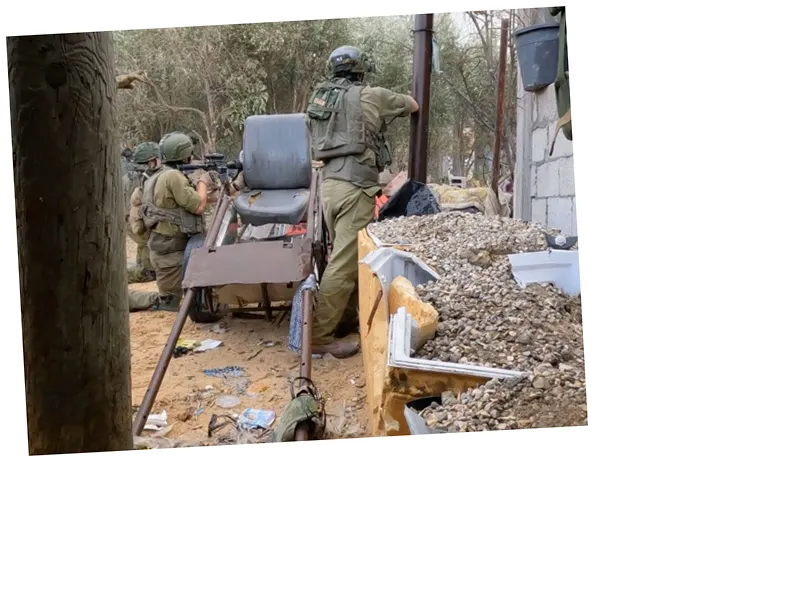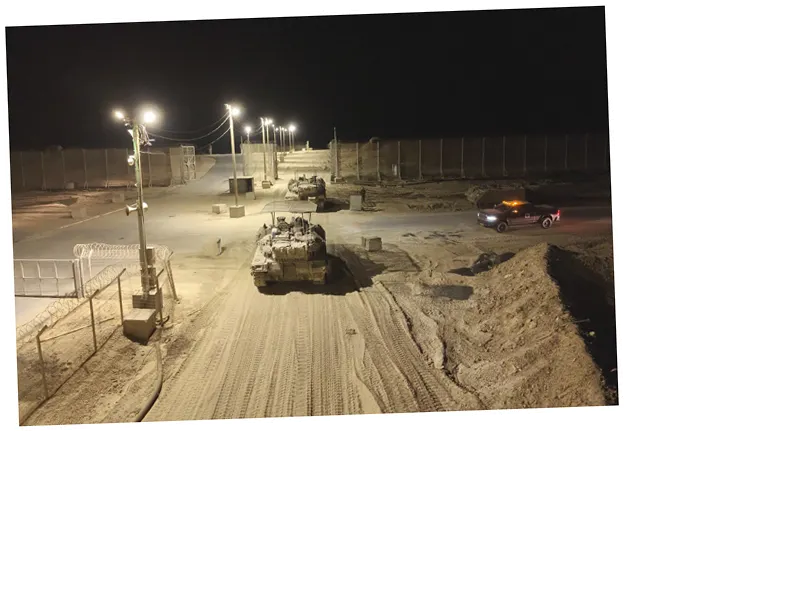Hezbollah's Resistance Against Israeli Advances
The ongoing confrontation between Hezbollah and the Israeli army in southern Lebanon has underscored significant challenges faced by the Israeli forces. Recent military engagements reveal that the Israeli army has struggled to penetrate Lebanese territory, resorting instead to shelling and booby-trapping homes in areas they have briefly occupied. According to military experts, the failure of the Israeli army to establish a buffer zone of five kilometers into Lebanon highlights the effectiveness of Hezbollah's defensive strategies.
As of late October 2023, Israeli forces have deployed five military divisions, totaling approximately 70,000 soldiers, equipped with advanced weaponry, including Merkava tanks and F-16 fighter jets. Despite these resources, the Israeli army has suffered severe casualties, with reports indicating over 95 soldiers killed and 900 wounded since the start of their ground maneuvers. Hezbollah claims to have destroyed 42 tanks and several military vehicles, showcasing the resistance's capability to inflict significant damage on the Israeli forces.
Tactical Developments and Ground Conditions
The military operations have unfolded across several axes, with Israeli attempts to advance from various locations, including Naqoura and Aita al-Shaab. However, these efforts have consistently met with strong resistance, leading to direct clashes and heavy losses for the Israeli army. Experts attribute this failure not only to Hezbollah's preparedness and tactical advantages but also to the challenging terrain in southern Lebanon, which complicates military operations for invading forces.
Retired Brigadier General Hisham Jaber emphasizes that the elevated landscape of southern Lebanon provides a strategic advantage to Hezbollah, allowing them to effectively repel Israeli advances. The Israeli army's reliance on large-scale military operations has proven costly, and their inability to achieve substantial territorial gains has raised questions about the sustainability of their presence in the region.
Implications of the Conflict
The current military engagement reflects a broader strategic failure for Israel, as its attempts to assert control over southern Lebanon have been met with fierce resistance. Hezbollah's ability to lure Israeli forces into ambushes has resulted in significant casualties for the Israeli army, which has had to withdraw under continuous bombardment. The situation has led to an increase in destruction within Lebanese villages, as the Israeli army employs tactics aimed at making these areas uninhabitable in the future.
Experts predict that unless there is a significant shift in strategy, the Israeli army may continue to face difficulties in achieving its objectives in Lebanon. The ongoing conflict poses serious humanitarian concerns, as the destruction of homes and infrastructure disrupts the lives of civilians in the affected areas.





